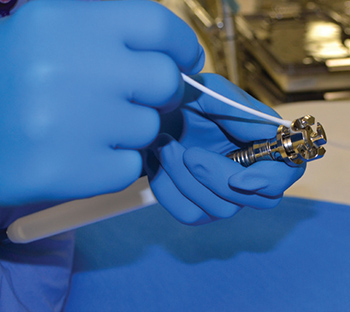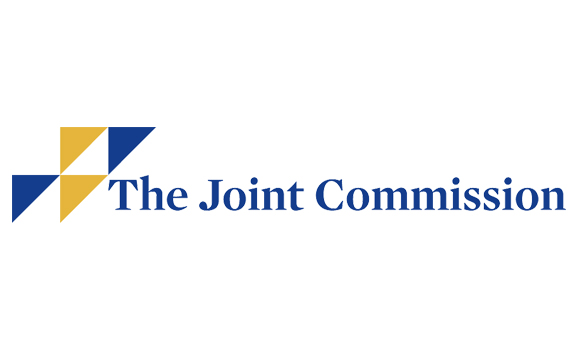How awareness evolves to action on surgeon, patient gender gaps

Takeaways Although women comprise half the population, they were left out of medical research on major causes of death for both women and men—cancer, heart disease, and stroke—until 1990. Using surgical tools designed by men, for men can impact every aspect of a woman surgeon’s work, from learning new procedures…
Common inspection points for surgical instrumentation

Inspecting surgical devices is a time-consuming process. However, diligently checking every instrument prior to sterilization is essential to ensuring safe, proper functioning. As the last people to see devices before they are used for patient care, sterile processing technicians must be thorough. Exterior surfaces should be inspected for flaws such…
Editorial: Nurse leaders, vendors must collaborate effectively

Is working with a healthcare vendor a necessary evil? For leaders in the perioperative space, where vendors abound, it may be tempting to answer “yes.” The relationship between vendors and nurse leaders is a delicate balance between give and take, but sometimes the take seems to outweigh the give. Nonetheless,…
Antiseptic nasal decolonization noses ahead

Over 20 years ago, an article from Johns Hopkins published in The New England Journal of Medicine showed that Staphylococcus aureus decolonization of the nares can decrease risk of surgical site infections (SSI). Since then, nasal decolonization—the application of a topical antimicrobial or antiseptic agent to the nares—has been adopted…
Heart disease trial supports less-invasive alternative to SAVR, CABG surgery

Editor's Note Contrary to previous findings, less-invasive percutaneous intervention combining fractional flow reserve (FFR)-guided percutaneous coronary intervention (PCI) with transcatheter aortic valve replacement (TAVR) could be a viable alternative to surgery for patients with severe aortic stenosis (AS) and concomitant obstructive coronary artery disease (CAD). That’s according to the results…
Study: Transcatheter aortic valve replacement offers similar outcomes to surgical aortic valve replacement

Editor's Note The largest scale analysis so far available comparing surgical aortic valve replacement (SAVR) to longer-term percutaneous devices for transcatheter aortic valve replacement (TAVR) supports the comparable long-term safety and efficacy of the latter procedure. According to a May 15 report in Medical Xpress, the findings raise important considerations for valve…
Study: Thrombectomy beneficial in high-risk acute stroke patients with large infarct

Editor's Note Building on previous evidence favoring thrombectomy even in high-risk cases, the prospective randomized LASTE trial finds the surgical procedure could reduce mortality and improve funcational outcomes in patients with acute stroke and large infarct of unrestricted size. Medpage Today reported the news May 8. Originally published in the…
Study: Surgical team diversity improves patient outcomes

Editor's Note The more diverse the surgical team, the better the outcomes for patients and the lower the cost of care, according to a study of more than 700,000 operations at 88 hospitals in Ontario, Canada. Published May 15 in the British Journal of Surgery, findings show that surgeon-anesthetist teams…
WHO guidelines target catheter-caused infections

Editor's Note New World Health Organization (WHO) guidance aims to prevent the occurrence of bloodstream and other infections caused by improper use of catheters during medical procedures. Released May 9, the global guidelines focus on insertion, maintenance, and removal of catheters during medical procedures, which can damage organs and cause…
Joint Commission identifies most cited certification performance requirements

Editor's Note Recognizing that complying with some standards is more difficult than complying with others, The Joint Commission regularly evaluates which areas are most difficult so it can tailor education accordingly. To that end, a May 7 report reveals the top 5 most frequently cited elements of performance (EPs) in…

 Free Daily News
Free Daily News